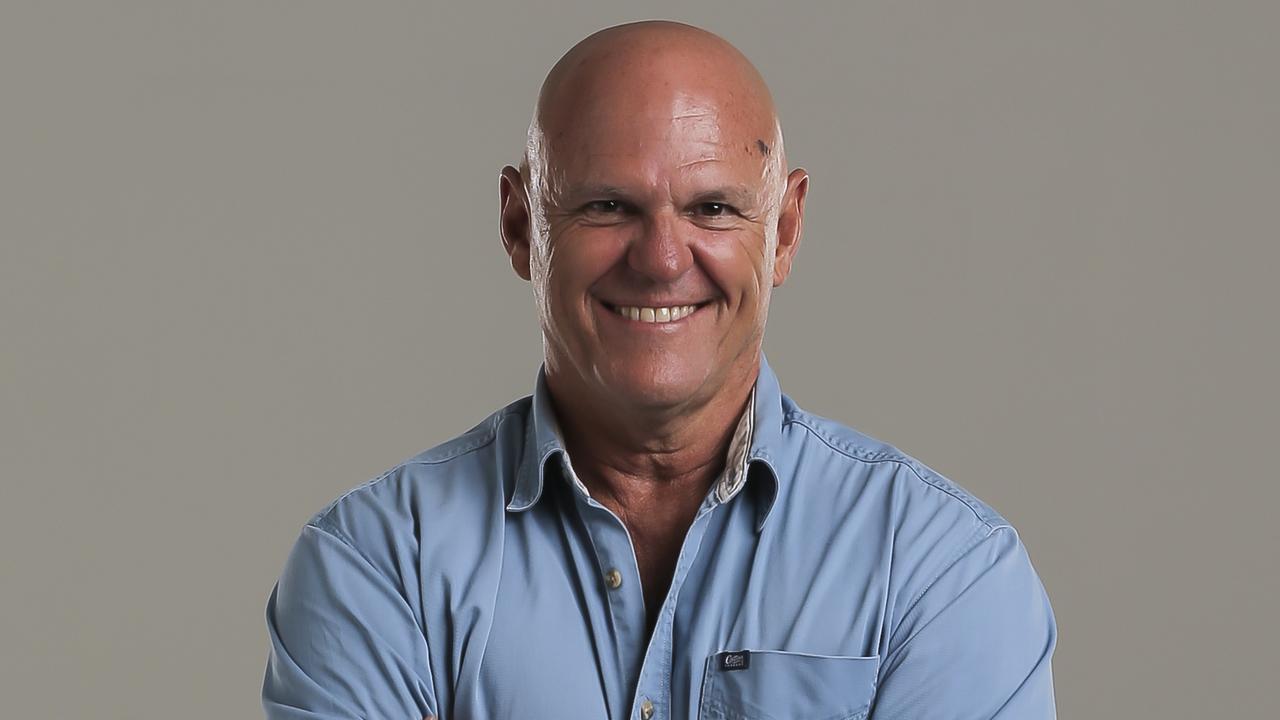State Government eyes jobs, tech opportunities from new space push
Queensland is more than 15,000km from Cape Canaveral, but our politicians are taking a keen interest in the stars, writes Michael Madigan.
Opinion
Don't miss out on the headlines from Opinion. Followed categories will be added to My News.
I T’S only the equivalent of an hour’s drive away yet most of us have never crossed the Karman Line 100km above where the Earth’s atmosphere thins, and the vast infinity of space begins.
While Queenslanders are not exactly poised to follow in the footsteps of Yuri Gagarin and Alan Shepherd, right here in the Sunshine State, 15,000km from Florida’s Cape Canaveral, which hosted those fiery launches into the galactic wilderness in the 1960s and ’70s, politicians are again gazing at the stars.
Weekend read: Gold Coast company set to launch rocket into $420 billion global space industry
Queensland space stations planned — but no business case yet
The Queensland Government last month released its “Inquiry into Job Creation Opportunities in Queensland arising from the Establishment of An Australian Space Industry’’. That leaden title might fail to quicken the pulse but, among the dreamy romantics among us, the release of the report once again raised a frisson of excitement at the possibilities of space exploration.

Delivered by the State Development Natural Resources and Agricultural Industry Development Committee, the report is far more lively than the title suggests, not least because deliberations were not confined to a committee room in Parliament House.
In the midst of the inquiry late last year, committee members traipsed out to Tarawera outside Goondiwindi to witness a miniaturised version of a Cape Canaveral blast-off. A 5m suborbital rocket, developed by Queensland-based BlackSky Aerospace, soared into the sky carrying commercial products, including sensors for testing purposes.
Propelled by fuels, including ammonium chloride, the rocket wasn’t intended for outer space but reached nearly 8000m, roughly the height of Mt Everest, flying at 1.2 times the speed of sound before wheeling around and falling back to earth about 2km from the launch site.
Hardy Apollo 11, but this was a really big deal. It was the first rocket to leave Australia with a commercial payload on board and it represented a pivotal moment in Australian aviation history. Queensland Manufacturing Minister, Cameron Dick, who was not merely present, but pushed the launch button, is one politician willing to entertain a vision beyond the sometimes depressing, self-indulgent trivia that can now pass for “leadership’’.
Dick sees the committee report as dovetailing perfectly with the state’s Aerospace 10-year Roadmap and Action Plan. That plan fleshes out some of the fascinating corollaries of the space industry, including the possibility of hypersonic flight, which would allow aircraft to fly at five times the speed of sound, enabling Australians to travel to London from Sydney in about two hours.

It’s not going to happen anytime soon, given that an aircraft flying at Mach 5.0 might reach a temperature of 3000C and swiftly melt away into a black smudge upon a blue sky. But the fact is, as Dick points out, there are Queenslanders working on the Hypersonic International Flight Research Experimentation, the largest collaborative research programs between Australia and the US, trying to figure out ways of overcoming such obstacles.
As a representative from the International Aerospace Law and Policy Group told the Queensland committee examining space industry jobs, the state already has the massive infrastructure of the $360 billion international space community to piggy back on. Queensland can offer a clear “supplementary’’ and “complementary’’ role in the already established international industry as the state continues to find its feet.
Spin-offs from the space industry include the design and manufacture of launch vehicles and sub systems, ground-segment systems, satellites manufacture and a host of associated materials and components. While our engineers and scientists are making their way further into the space frontier, they’ll almost certainly stumble upon a range of discoveries never before considered.

When you consider space exploration provided the genesis of digital photography (developed by some bright spark at NASA’s Jet Propulsion Laboratory), you do begin to grasp the dizzying potentiality behind the law of unintended consequences.
It all adds up to a good story, and one with an upbeat tempo at odds with so much of the atmospherics on the Australian political landscape.
Like those Australian governments that built the Overland Telegraph and the Trans-Australian Railway in the 19th and 20th centuries, the Queensland Government is demonstrating that admirable capacity to make the future not so much a frightening puzzle, but the magnificent work of our own hands.
“We’re on the brink of an exciting era of growth in this industry,’’ Dick says. “When it comes to space, Queensland is shooting for the stars.’’
michael.madigan@news.com.au


